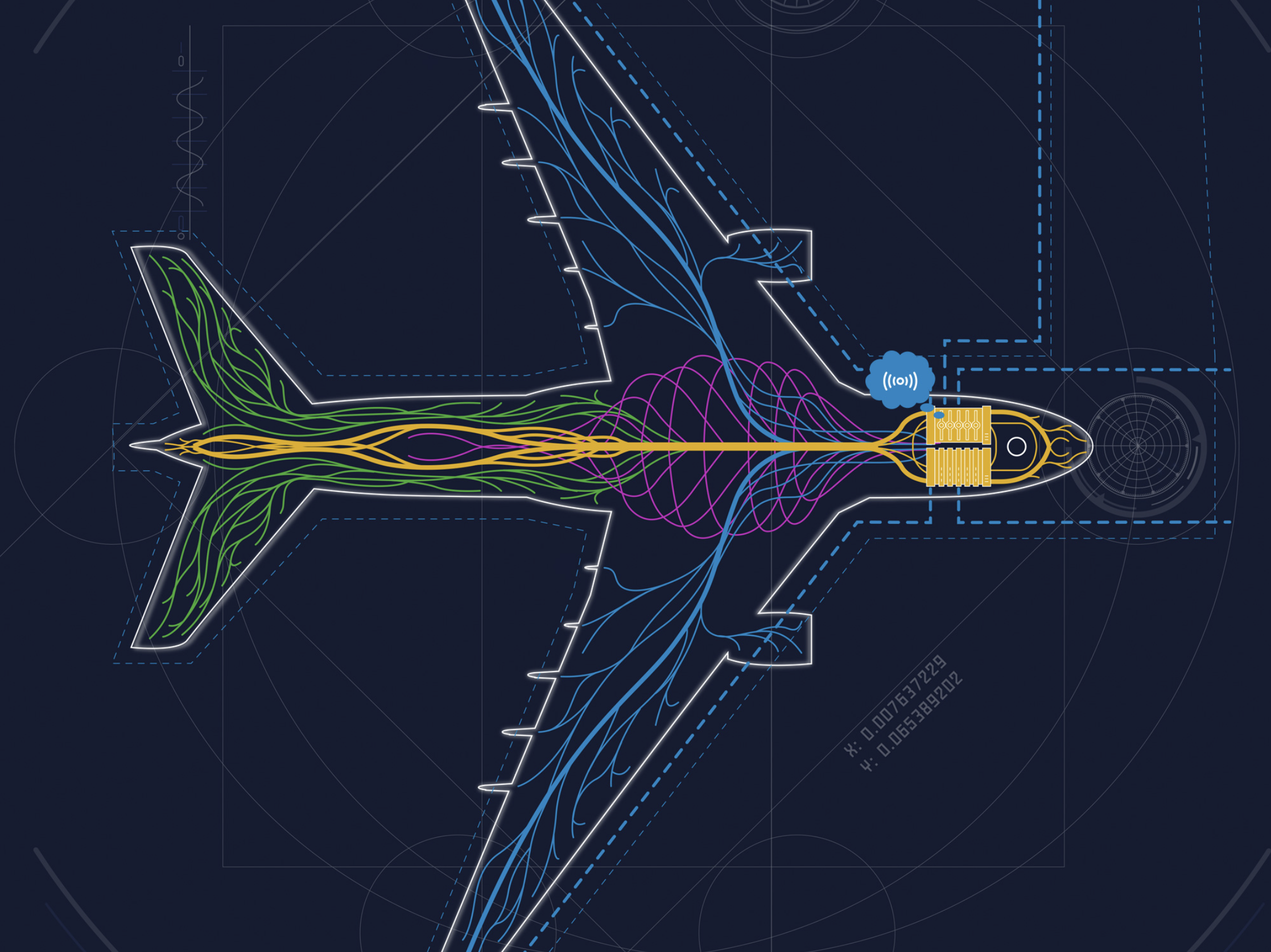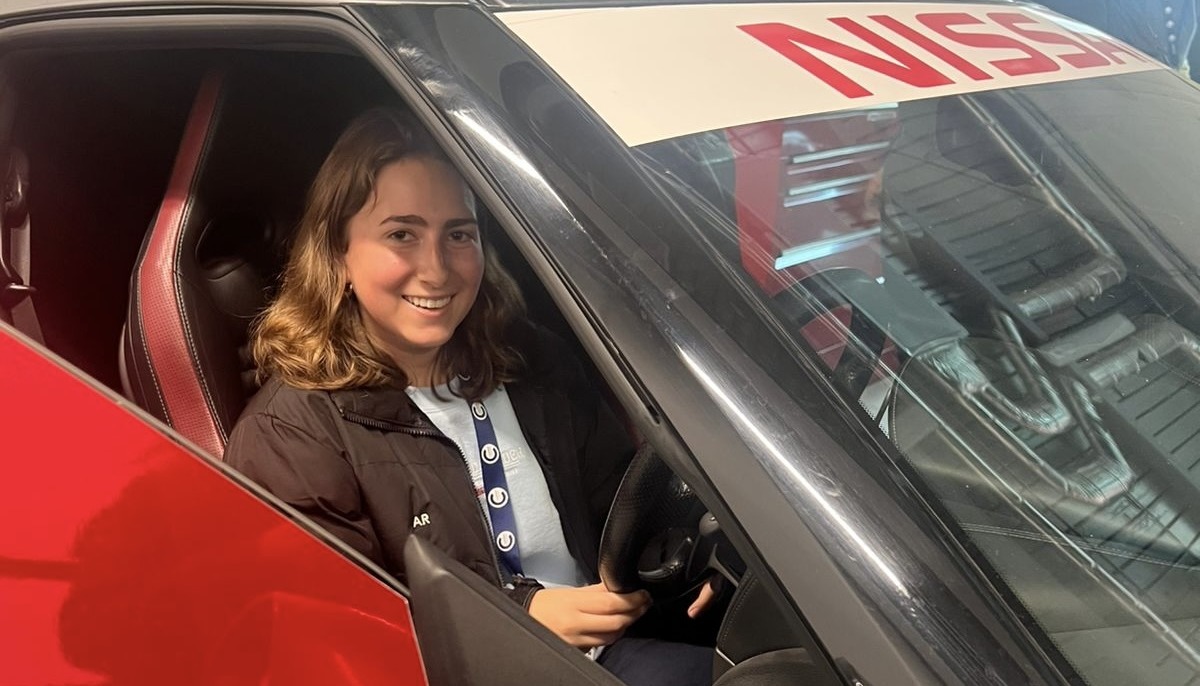Is a career in digital aviation right for you?
10/06/2022

We live in a challenging but also amazing time with seemingly endless possibilities. Technological and scientific innovations abound and accelerate, and aviation is no exception. Many are drawn to aviation as a career path. The allure is obvious, and the possible career paths within aviation are many. This blog explores “digital aviation” as a possible career path for interested persons, especially those in earlier stages of their journey.
What exactly do we mean by digital aviation? Broadly, digital aviation is concerned with increasing operational efficiency of aviation operations via the application of IT (i.e., digital) methods. It generally brings to bear some knowledge or insight to aviation operations, which is derived from engineering or analytic methods, or may improve the delivery of information in a way that brings additional efficiency.
Operational efficiency is the measurable improvement of human-based activities, here applied to aviation. These are in the realm of economic and sustainability as opposed to aircraft regulatory certification of the aircraft itself. They are, however, often part of operational certification plans.
Examples of measurable operational efficiency in aviation include:
- providing the flight crew with insights which drive lower fuel usage and CO2 emissions, in ground and flight operations,
- providing mechanics with the needed knowledge, instructions, and insights to perform a maintenance action efficiently and effectively,
- providing global militaries with increased mission readiness of aircraft,
- providing engineers and planners with advance awareness of pending component failures or performance degradation,
- providing aircraft and equipment manufacturers with awareness of their fielded equipment to enable enhanced product support, or
- providing supply chain and procurement agents with forward looking demand signals for efficiency material ordering and purchasing.
To accomplish these varied outcomes, digital aviation is at the intersection of four major elements to form a complex and hybrid skill set. These are engineering and analytics, information technology, aerospace and aircraft enablement, and aviation operations.

Stated another way, digital aviation is the application of insights via IT methods delivered at/on an aircraft, or in the back office, often using the aircraft’s own connectivity and data collection systems, to enhance someone’s job within the overall aviation enterprise.
This may beg the question: Do I have to be a pilot-mechanic-engineer-data scientist-IT-connectivity expert to be successful in digital aviation? Of course, the answer is no. That person does not exist in the real world. As with most complex endeavours, there are many paths that people take to enter and thrive in a given field. What is needed is a passion for aviation and technology, and an ability to synthesise complex technical and operational elements to support a focused business goal.
To thrive in digital aviation, one needs a passion for aviation and technology, and an ability to synthesise complex technical and operational elements to support a focused business goal.
What are some examples of digital aviation-related jobs today? There are many different specific jobs and positions, and these may change as one moves up in an organisation, with a natural progression to more leadership and management roles. Here are some major categories of digital aviation employers, including both providers and consumers of the capabilities:
- Digital efficiency software providers;
- Aircraft connectivity and enablement providers;
- Aircraft systems manufacturers;
- Aircraft manufacturers;
- Aircraft lessors;
- Aircraft operators.
Each of these exists as part of a larger ecosystem with a role to play. In reality, there is overlap. For example, it is common for aircraft connectivity and enablement providers to also provide software tools which leverage and advantage their on-board solutions. Large aircraft and engine manufacturers (aka OEMs) often have several of these categories to support a competitive aftermarket and support. Aircraft operators, civil or military, have the responsibility to acquire and apply digital aviation capabilities to ensure maximum performance and return on investment, and “digital” is ubiquitous throughout modern aircraft operations. Whether it is as a provider or consumer of digital aviation capabilities, the digital aviation professional is constantly working to make sure the endeavour is meeting the business objectives and working to increase the return on investment.
If leveraging evolving technology to make aviation more efficient and sustainable is a compelling promise, then digital aviation may be an excellent career choice for you to consider.
As stated above, one need not be an expert in all of the constituent disciplines to excel in digital aviation. However, a strong foundation in at least one of the pillars along with a strong familiarisation of the other three is an excellent set of skills with which to compete and excel.
For this reason, Cranfield University is offering an MSc in Aviation Digital Technology Management. This MSc programme aims to develop professionals to innovate and apply digital technology in the aerospace industry. This one-year programme covers digital aviation and more to provide graduates with a strong understanding of the full ecosystem. More information can be found here.
Categories & Tags:
Leave a comment on this post:
You might also like…
Creating and using constituent lists in Datastream
Whether you're analysing industry performance, or comparing company financials, Datastream is a powerful tool. One of its most useful features is the ability to work with constituent lists — collections of companies grouped by index, ...
Landing at Cranfield: First-term experiences and life beyond the classroom
Starting a postgraduate course can feel daunting, especially if you’re new to the aviation industry. In this blog series, Adit Shah shares his journey on the Air Transport Management MSc at Cranfield. From first-term ...
Accelerating ambition: How Amelie Rohan engineered her future at Cranfield
In the world of high-performance automotive engineering, the gap between being a “fan” and being a professional is measured in more than just miles. It is measured in technical precision, hands-on ...
Study better and smarter in 2026
Happy new year! Now is the perfect time to reflect on your studies so far, thinking about what you’re doing well and where you need to focus a bit more attention. Getting back into ‘study ...
Cleared for the future: Why aviation leaders must embrace environmental sustainability
Environmental sustainability is not a niche concern for aviation anymore, it’s central to how we think about the future of our industry. In my work as an Associate Professor of Airport Decarbonisation, I see first-hand ...
Preparing your work for Turnitin submission
Before submitting your work into Turnitin for similarity checking, if you have used referencing software then you may need to take some important steps first. Mendeley and Zotero integrate with MS Word by embedding field ...






